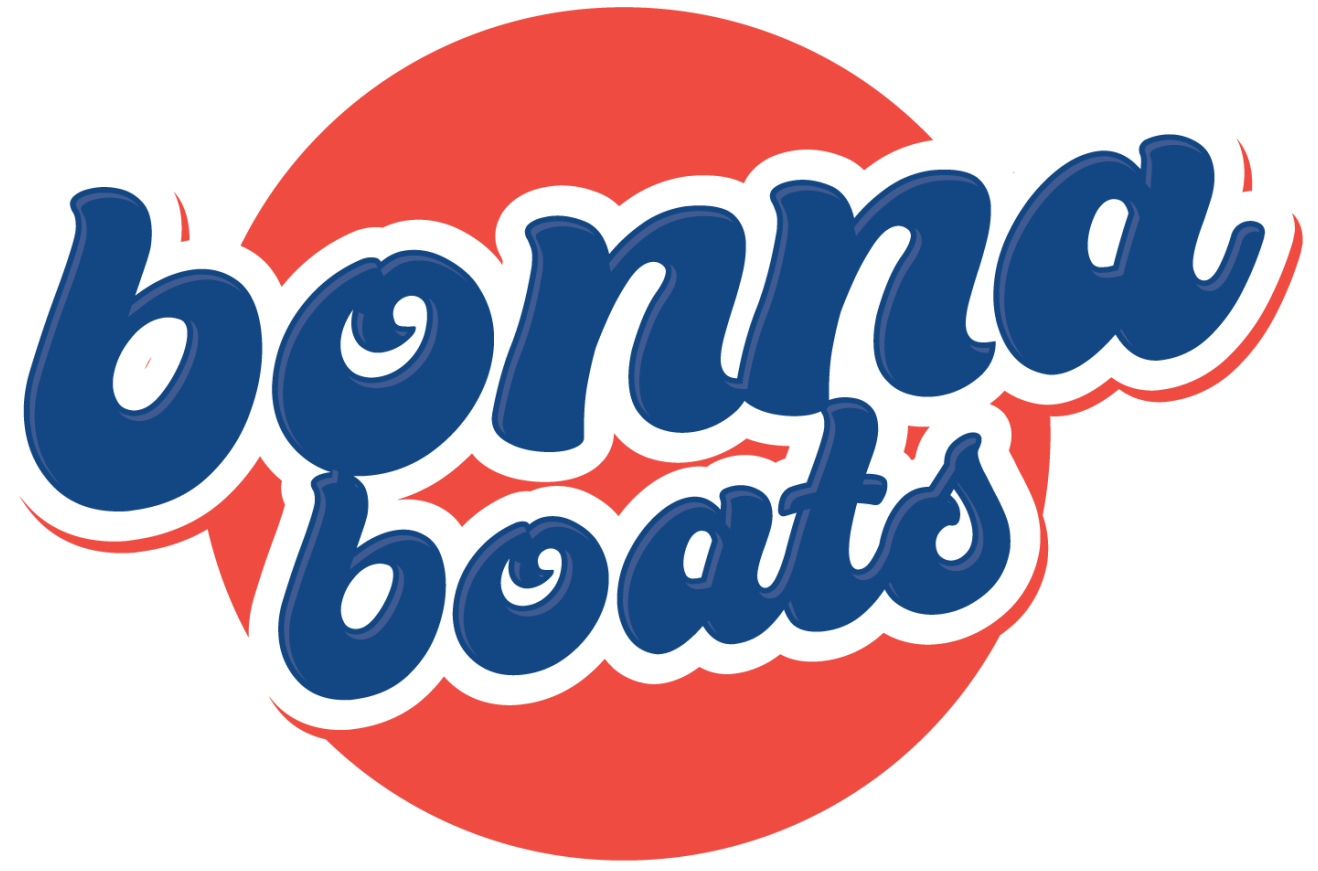About Bonaire
- Bonaire was part of the Netherlands Antilles until the country's dissolution in 2010, when the island became a special municipality (officially, a "Caribbean public body") within the country of the Netherlands. It is one of three special municipalities in the Caribbean; the others are Sint Eustatius and Saba. 80% of Bonaire's population are Dutch nationals, and nearly 60% of its residents were born in the former Netherlands Antilles and Aruba.
- Bonaire lies about 80 kilometres (50 mi) off the coast of Venezuela on the continental shelf of South America, and is thus geologically considered a part of the continent.
- Geologists believe that Bonaire was formed relatively recently. As the nearby continental shelf (now located near Montserrat, and the cause of the volcanic activity on that island) moved through the area, it forced a large mass of rock to the ocean surface and created the islands of the Lesser and Greater Antilles, including Bonaire. As the seabed rose a vast coral reef grew on what is now dry land. These corals were eventually exposed to air and perished, becoming surface limestone deposits over the millennia.
- Bonaire has a warm, dry (though humid) and windy climate. The average temperature is 27.5 °C (81.5 °F) with a 1.4 °C (2.5 °F) seasonal variation and 5.6 °C (10 °F) daily variation. The ocean temperature around the island fluctuates between 26 and 30 °C (78 and 86 °F). The highest recorded temperature is 35.8 °C (96.4 °F) and the lowest, 19.8 °C (67.6 °F). Nearly constant winds blow from the east with an average speed of 22 kilometres per hour (12 kn).
- The humidity is very constant, averaging 76% and fluctuating between 85% and 66% on a daily basis. Average annual rainfall is 520 millimetres (20.5 in), most of which occurs in October through January. Bonaire lies outside the hurricane belt, though its weather and oceanic conditions are occasionally affected by hurricanes and tropical storms. This semi-arid climate is conducive to a variety of cacti and other desert plants.
- The Bonaire National Marine Park is a legally protected underwater park surrounding the entire island and Klein Bonaire.
- The park was established in 1979 with the support of the World Wide Fund for Nature and others, and is managed by the Foundation of National Parks Bonaire (STINAPA Bonaire). Off the coast is the island of Klein Bonaire. There are about sixty dive sites.
Klein Bonaire
Off the coast of Kralendijk lies the island of Klein Bonaire. The island is 700 hectares in size, completely flat and only covered with small bushes and cacti. There are at least 76 species of plants and about 55 species of animals on the island. It is surrounded by a coral reef. The beaches on the north and west side are the most important nesting sites for sea turtles. There are also several salt pans or salt lakes on the island. Red flamingos feed there; Bonaire has one of the largest flamingo populations in the world. For this reason and for the pristine coral reefs and sea turtle nesting beaches, the island is protected as a wetland of international importance by the Ramsar Convention. With the growth of diving tourism on Bonaire, project developers wanted to build hotels on Klein Bonaire. Just before the turn of the century, the island was bought and safeguarded by the Island Territory of Bonaire with the help of the Netherlands, the World Wide Fund for Nature and other conservationists. Since 2001, Klein Bonaire has been a legally protected nature reserve. The island is accessible by boat for divers, snorkelers and day-trippers.


